If you plan your visit to Paris, most probably the Louvre Museum is on your bucket list along such iconic sites like Eiffel Tower, Palace of Versailles or Triumphal Arch. The Louvre Museum is second largest in the world (after Hermitage in Saint Petersburg) and contains more than 380,000 objects and displays 35,000 works of art including masterpieces such as Mona Lisa by Leonardo da Vinci or Venus de Milo. The enormous collection may seem intimidating for the first time visitors, especially if you plan only one day (or one morning/ afternoon) for this famous landmark.
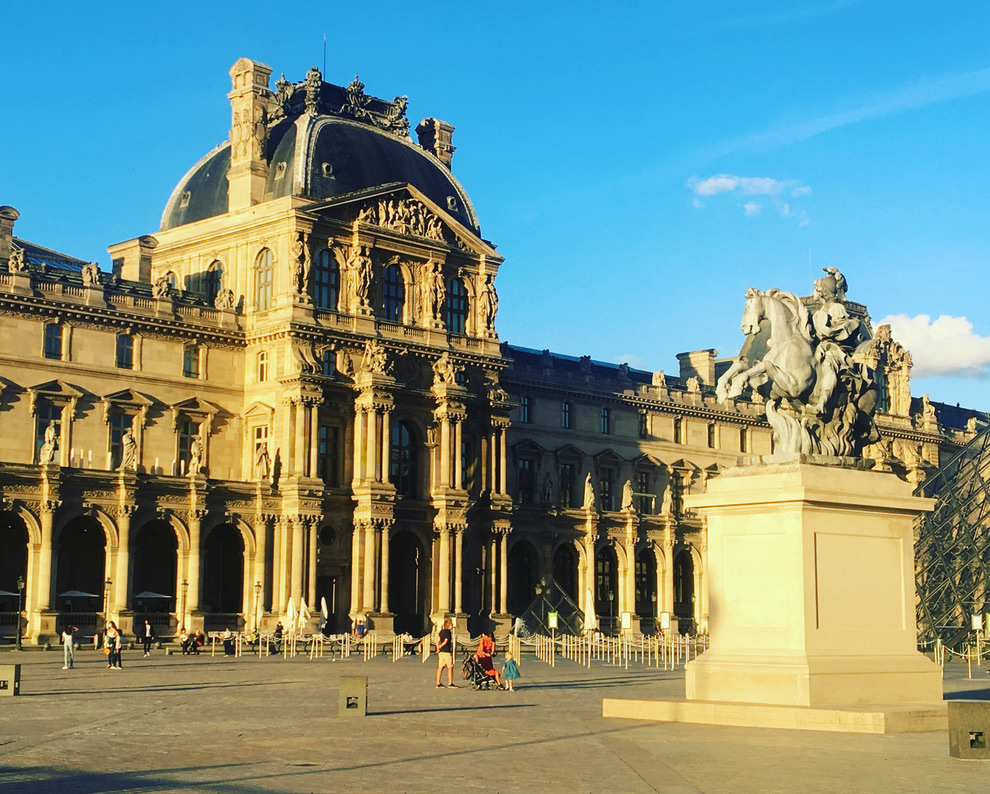 |
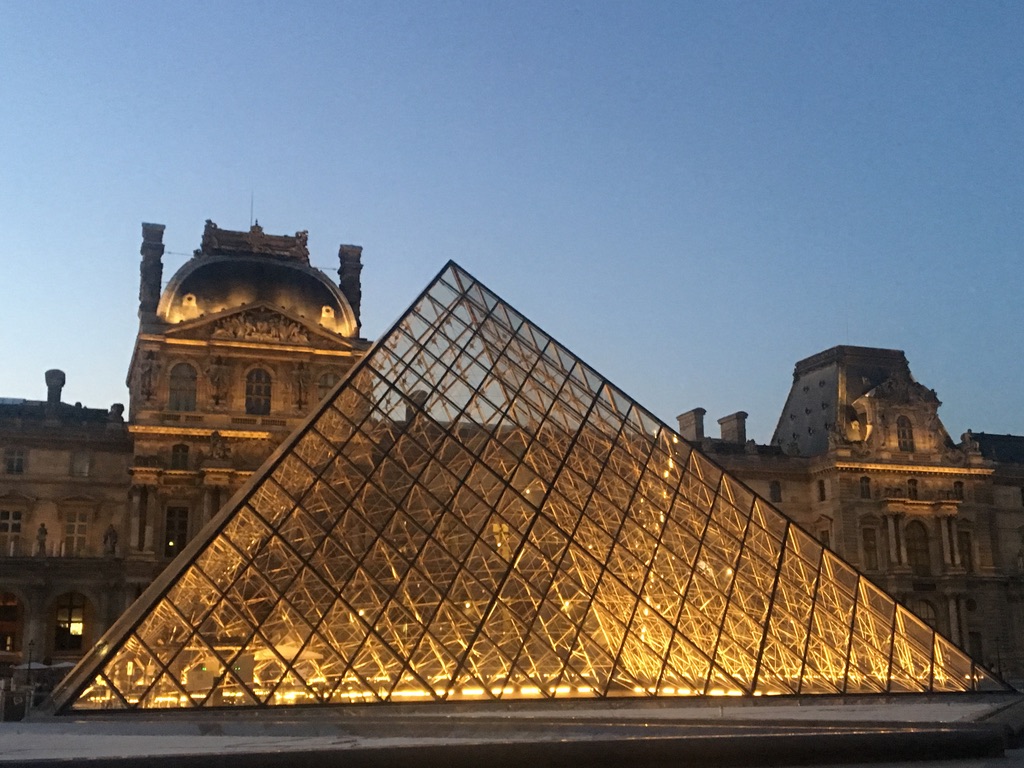 |
After receiving many questions from my family and friends how to make the most out of their visit, I’ve decided to give few tips and create a mini guide how to approach the museum.
For opening hours, tickets and temporary exhibitions, check the official website of The Louvre museum (click here).
Disclaimer: Of course, there is no the best way to visit Louvre. It depends on your interests (maybe you’re Egyptian culture passionate or Italian painting lover), how much time you have, and preferred sightseeing style (slow or more intense pace). Some people prefer to see as much as they can, others want to stop by and reflect on a particular masterpiece. You can follow an itinerary or just wonder around so the museum can just surprise you. If all you want to see is just Mona Lisa painting, and then you move on to another landmark, it’s also fine. In fact, any approach to your visit which makes you feel satisfied and content after, is a good way to experience the museum. Remember, this is your own experience, and all it matters is that your visit is fulfilling, you don’t need to make anybody else proud or happy from what you’ve seen. However, what if you have completely no clue how to organize your visit and prefer to read some tips? Many of us prefer to have some initial plan/itinerary to not to feel lost and not to miss the most spectacular parts of the exhibitions.
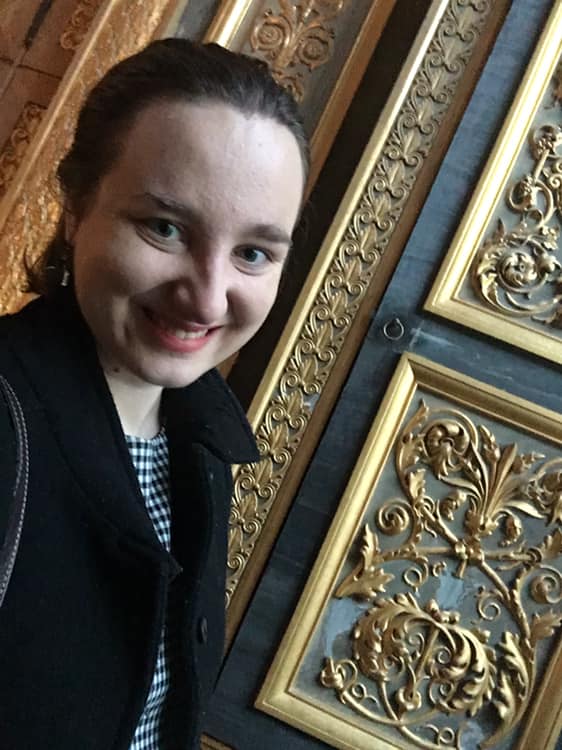 |
In this post, I will help you to navigate a bit through the vast Louvre’s collections.
A bit of general information:
The collection of the Louvre is displayed on 5 levels, in 3 interconnecting wings named after three prominent figures from French history: Richelieu, chef minister of King Louis XIII, Sully, chief minister of King Henri IV; and Denon, from first director of the Louvre Museum.
Before your visit, make sure you will grab a museum map, to better navigate yourself.
In short, in the Richelieu wing you will find:
- French sculptures (levels -1 and 0)
- Near Eastern Antiquities of Mesopotamia and Iran (level 0)
- Decorative Arts in Europe (level 2)
- French paintings (level 2)
In the Sully wing you will find the following collections:
- Cabinet of prints and drawings (level -1)
- Near Eastern Antiquities–Iran, the Levant, Arabia (level 0)
- Greek Antiquities (level 0)
- Egyptian Antiquities (levels 0 and 1)
- Decorative Arts in Europe (level 1)
- Greek and Roman Antiquities (level 1)
- French paintings (level 2)
In Denon wing you will see:
- Near Eastern and Egyptian Art (levels -1 and -2)
- Islamic Art (levels -1 and -2)
- Greek Antiquities (level -1)
- European Sculptures (levels -1 and 0)
- Arts of Africa, Asia, Oceania and the Americas (level 0)
- Roman Antiquities (level 0)
- Italian paintings (level 1) – you will find Mona Lisa here
- Spanish paintings (level 1)
- French paintings (level 1)
- The Galerie d’Appolon–the French crown jewels (level 1)
- British and US paintings (level 1)
As you see, the museum collection is enormous, and it takes few days to see all of it, which is often a mission impossible if you are not long term based in Paris.
Personally, I find it’s better to have certain strategy to visit the museum so you will not feel overwhelmed. The worst you can do is to feel lost and mindlessly run through some randomly walked in exhibitions.
Below I give you 3 strategies, how to navigate through the vast collections of the Louvre, especially if your time in the museum is limited to just few hours.
Start with Mona Lisa
Even if the Louvre is full of precious masterpieces, most of people come to the museum to admire famous Mona Lisa painting, a magnificent creation of Leonardo da Vinci. Mona Lisa is a part of Italian paintings collection in Denon wing on the level 1.
Thus, when you enter the museum, start with Denon wing and follow the signs leading to Mona Lisa. On your way to this famous painting, you will find The Winged Victory of Samothrace just at top of the stairs leading to Italian gallery, make sure you don’t skip it.
Now, when you’ve seen these two famous masterpieces, you can follow your preferred itinerary, and explore the museum further.
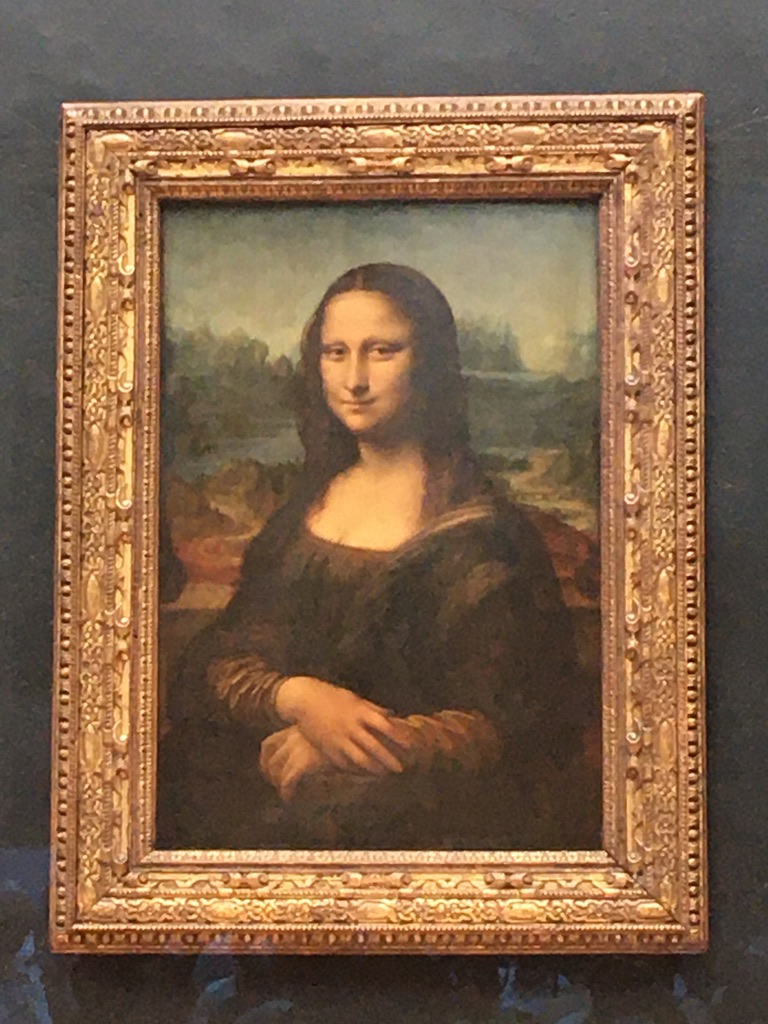 |
Option 1 – Louvre essentials
In order to follow Louvre essentials strategy, you need to do a bit of homework at home. All you need to do is to select 5-10 highlights for each collection (e.g.; 5 masterpieces in Greek Antiquities, 10 paintings in French art, etc.). The best way to identify them, is simply to use Google search with phrases like: the most significant objects in Greek Antiquities of Louvre, the most important Italian paintings in Louvre, etc.
Then you check 1-3 websites (the recommendations will be slightly different on each of them since of course there is no objective 10 best Italian/French/British paintings in Louvre–however, such lists take into account importance of the masterpieces based on how old they are, techniques used to create them and other distinguishing features, so the positions on the lists will most probably overlap), but the this should allow you to create your own list of 5-10 objects you would like to see in each section of the museum.
If you don’t have time to search your own Louvre essentials, you can use a museum map which features highlights of each collection from every floor and wing. You can try to pass through all the exhibitions focusing on the objects and paintings marked on the map. For instance, when crossing Egyptian collection, you stop by Tamutnefret’s coffin, The Seated Scribe and The sarcophagus box of Ramesses III and then switch to other galleries’ essentials. This approach is a bit limited though, since the map often features only one item for each section which is not much.
You can prepare 5-10 essentials for every section of the museum, or visit only few most interesting for you galleries and apply this strategy only for selected exhibitions.
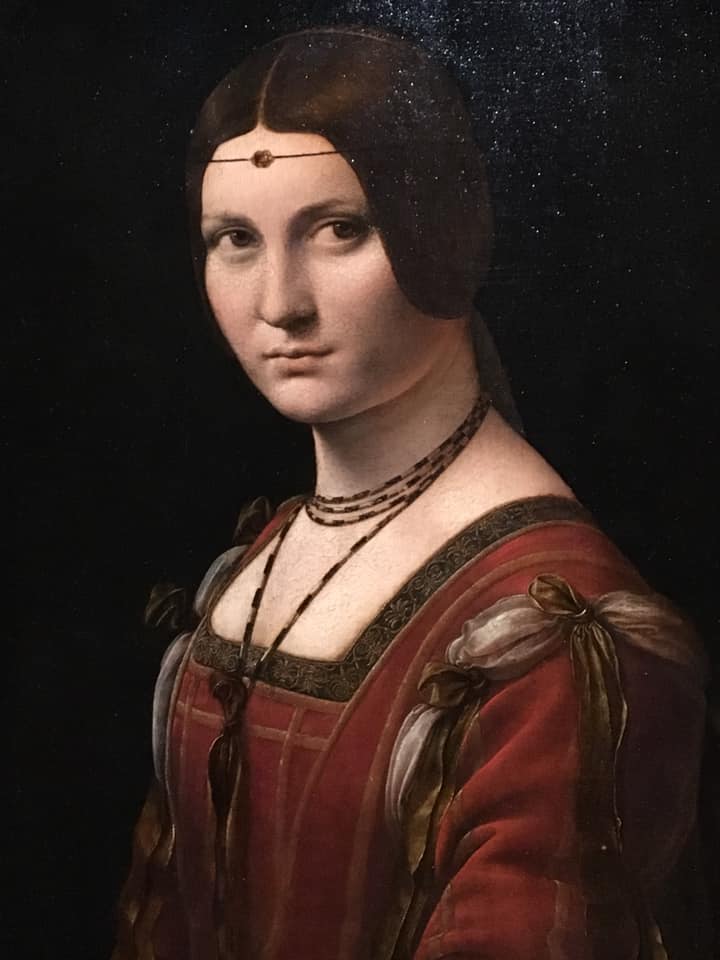 |
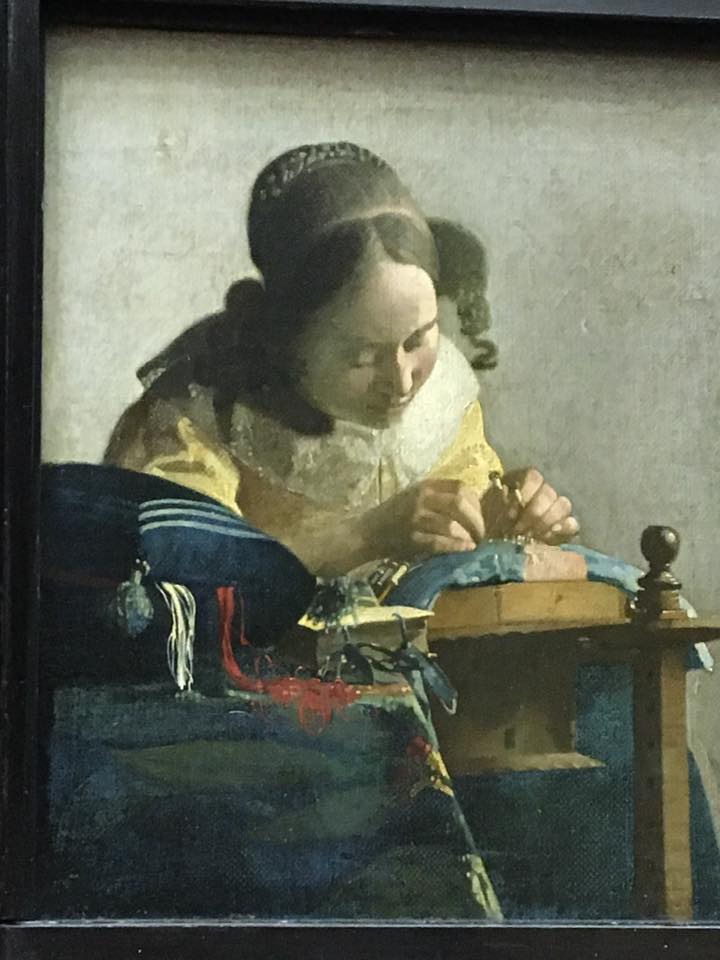 |
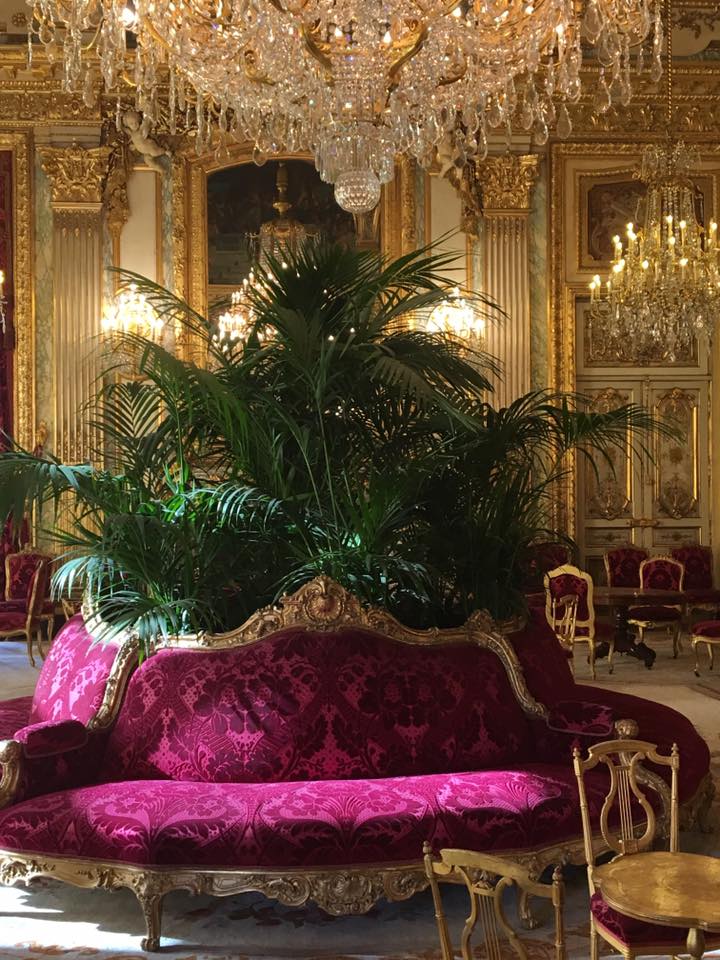 |
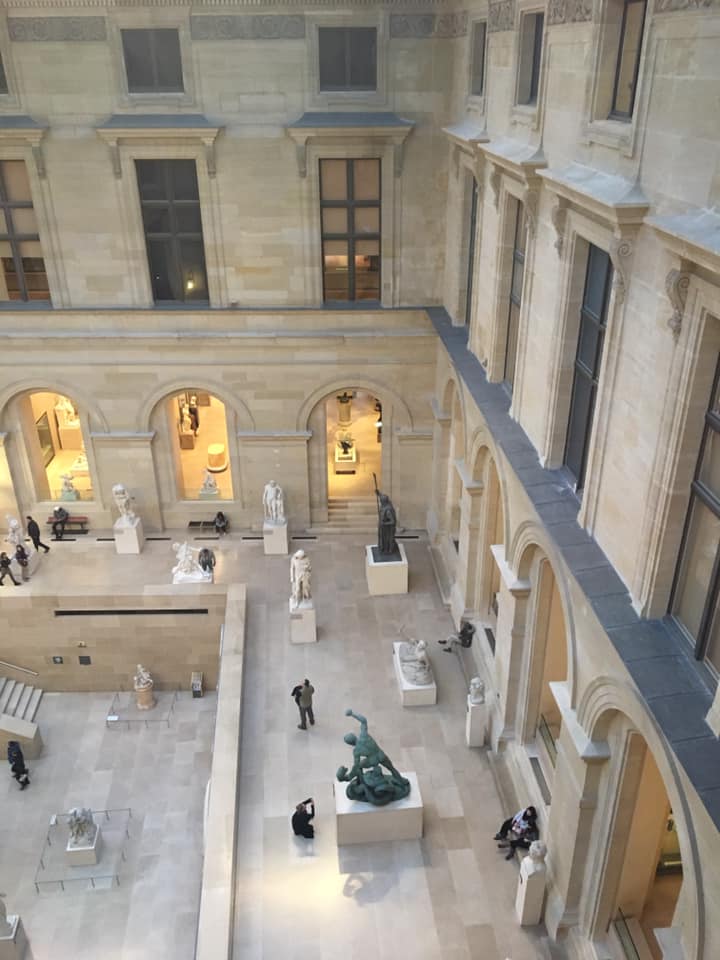 |
Option 2 – Follow your interests
This strategy works well for people who are passionate about specific historical period/ art/ culture.
For instance, if you are interested in Roman and Greek Antiquities or/and European Decorative Arts, I suggest starting with those sections first, so you’re sure you won’t be out of time for a detailed visit. Then you can follow the Louvre essentials strategy described above or just walk through the museum freely during a spontaneous visit.
Option 3 – No plan is also a plan
I recommend this option only for those who know that they don’t like schedules and itineraries and prefer spontaneous sightseeing. With this option you probably will see a lot, have plenty of nice discoveries, you can also slow down or speed up your sightseeing pace depending on what grabs your attention.
However, with this strategy, it is easy to skip the most precious museum objects, the Louvre is simply too big, and you may not even make it to every room. This may lead to disappointments if deep down you were expecting to see certain masterpieces.
The light version of this approach, is to select few museum essentials, and only then switch to spontaneous explorations.
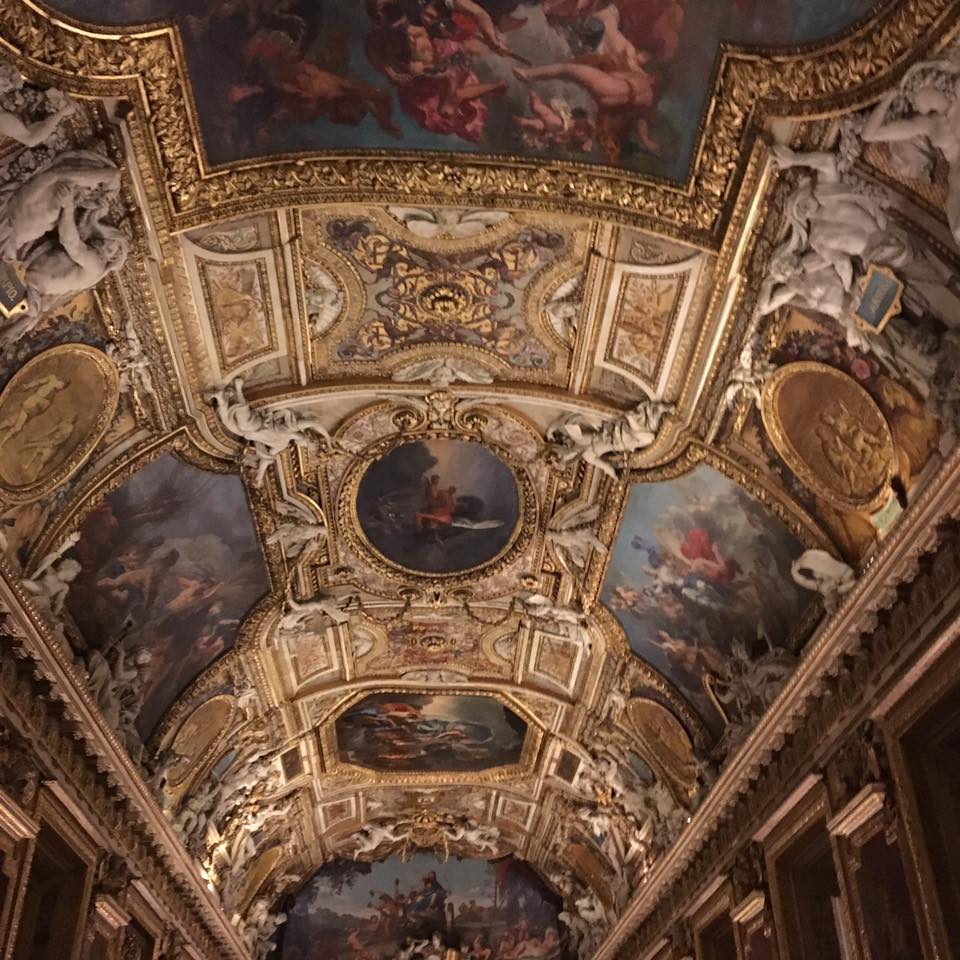 |
Finally, I want to give you my own favourite Louvre itinerary, with my personal Louvre essentials. Note that it is based on my own interests and preferences and I’m not claiming it contains the most important/beautiful/significant objects. However, I took my family and friends with me to follow it and they were not complaining. You can use it as your base and then modify it to create your own personalized itinerary.
My own Louvre itinerary
-
- I start with Denon wing and pass through the Winged Victory of Samothrace to get to Mona Lisa painting. I always stay few minutes admiring da Vinci’s masterpiece and walk around the painting since Mona Lisa looks at you from every angle you approach her.
- Mona Lisa is a part of Italian paintings gallery and holds more of Leonardo da Vinci paintings, often overlooked by tourists who come to just admire Mona Lisa. I walk through the Italian gallery to admire the rest of Leonardo’s creations (Saint John the Baptist, The Virgin and Child with Saint Anne, La Belle Ferronnière, The Virgin of the rocks), Botticelli frescoes (Venus and the Three Graces presenting gifts to a young woman), Raphael (Portrait of Baldassare Castiglione), Arcimboldo (The four seasons) and many others. I walk through this gallery slowly, stopping in front of the paintings which currently grab my attention.
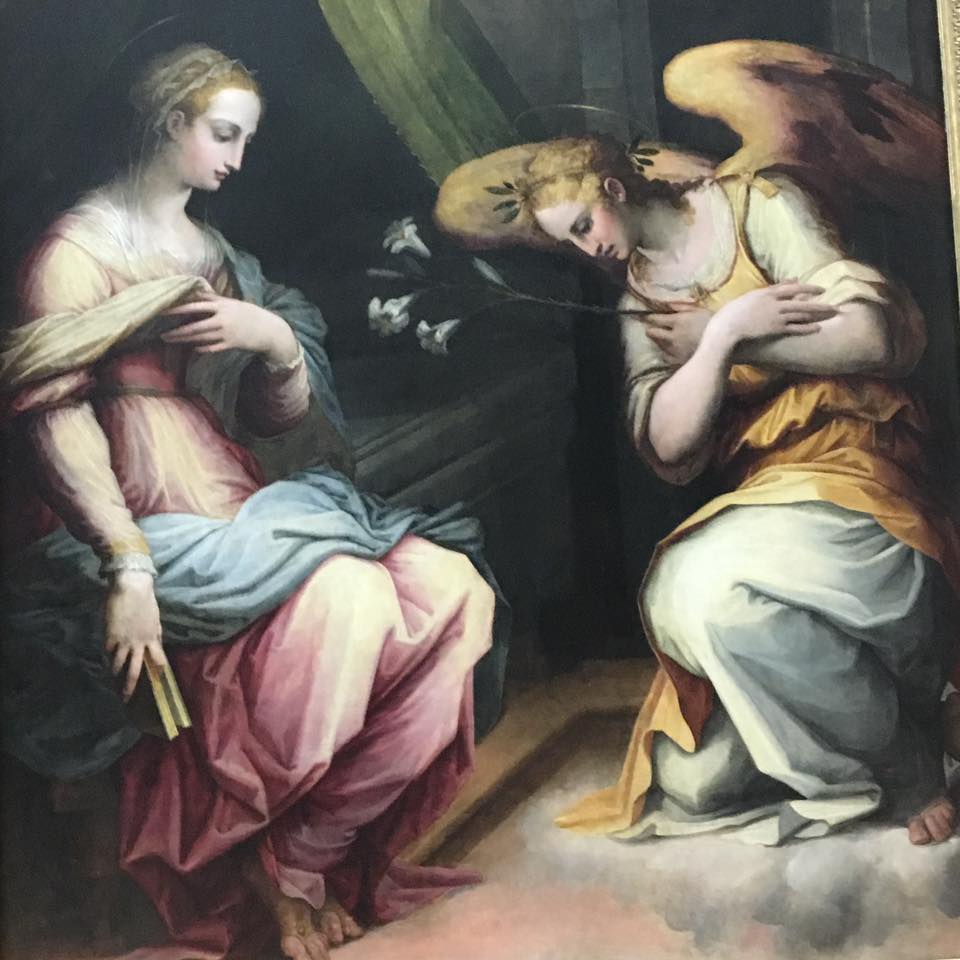 |
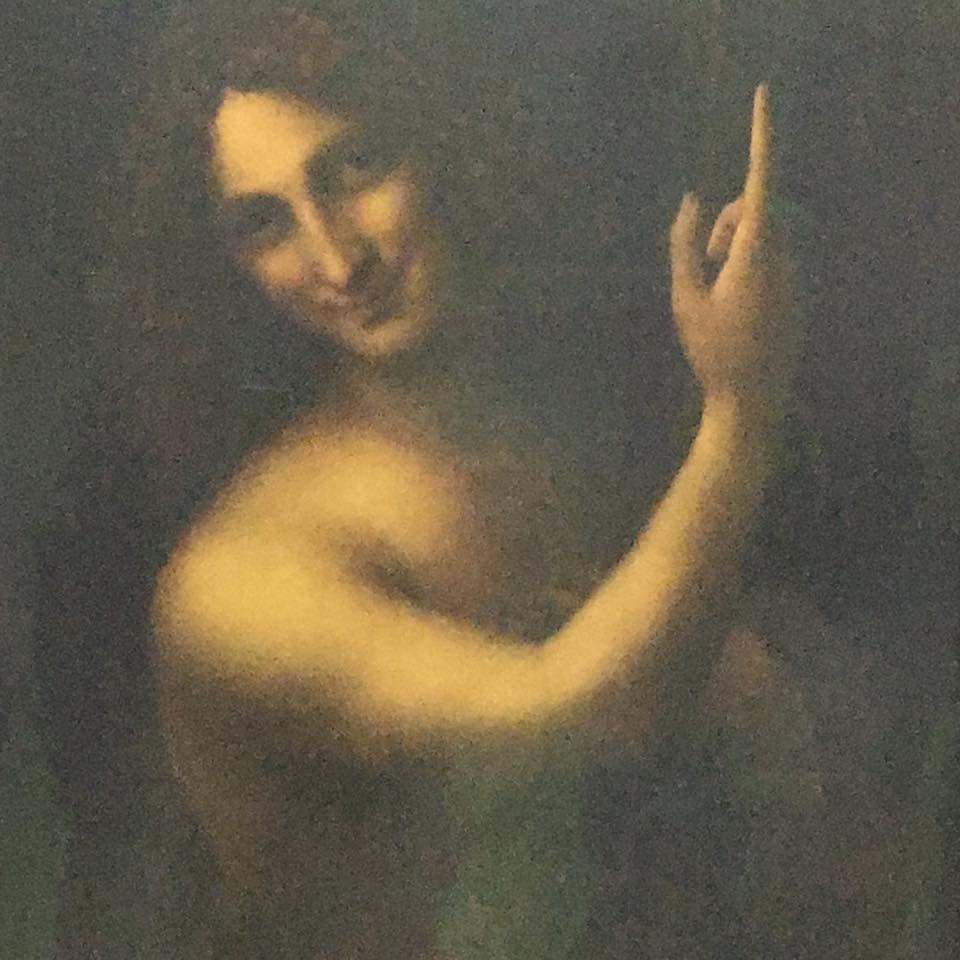 |
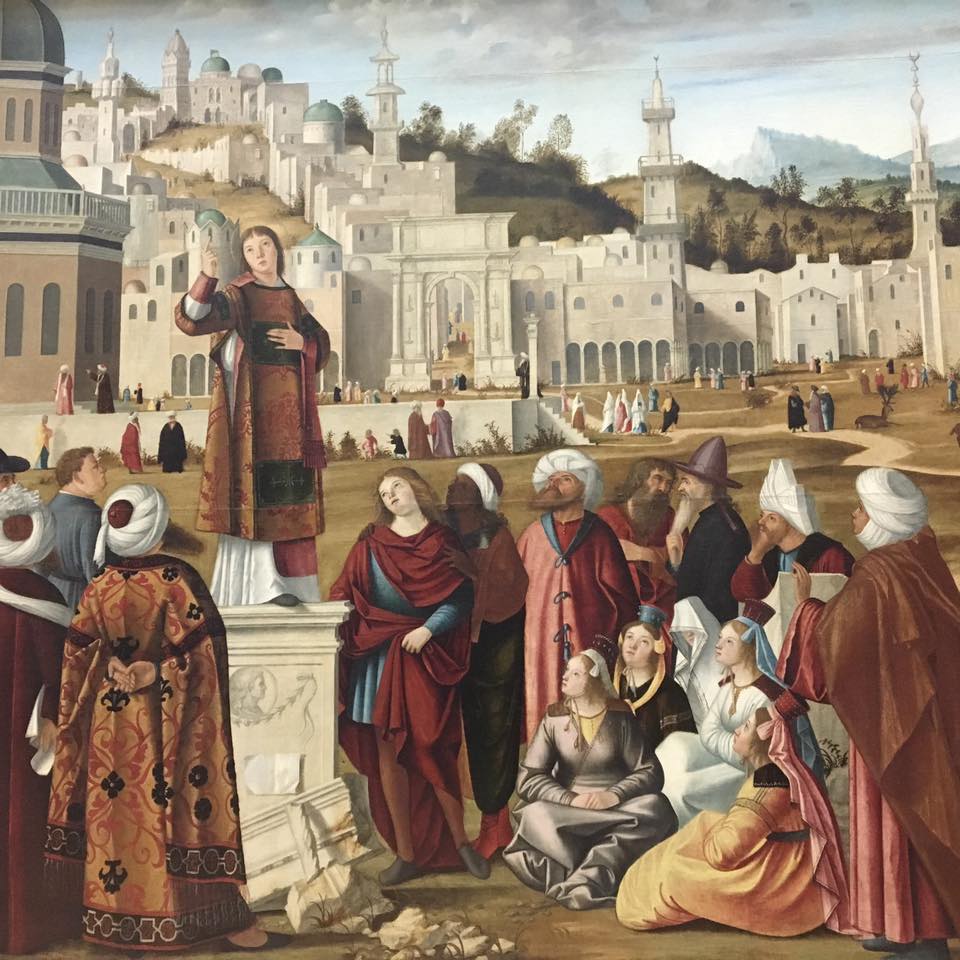 |
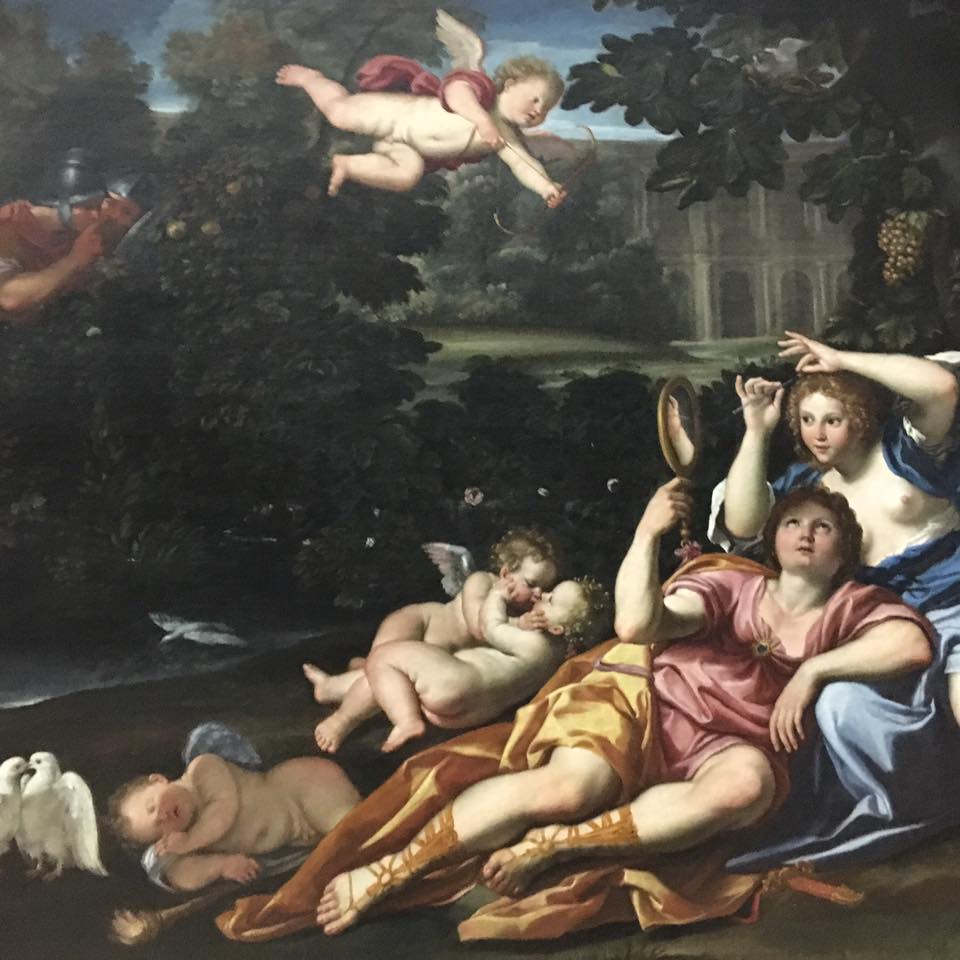 |
-
- My next stop is The Galerie d’Apollon where you will find the French crown jewels, the most stunning pieces include crowns made for Louis XV and Napoleon; the Hortensia diamond, an orange-pink 20-carat diamond purchased by Louis XIV; the Regent Diamond, a white 140-carat diamond widely considered one the purest diamonds ever created; the Sancy, a pale yellow 55-carat diamond formerly part of the Crown Jewels of the United Kingdom. The gallery’s walls and ceiling are also beautifully decorated and I find this room one of the most impressive in the Louvre.
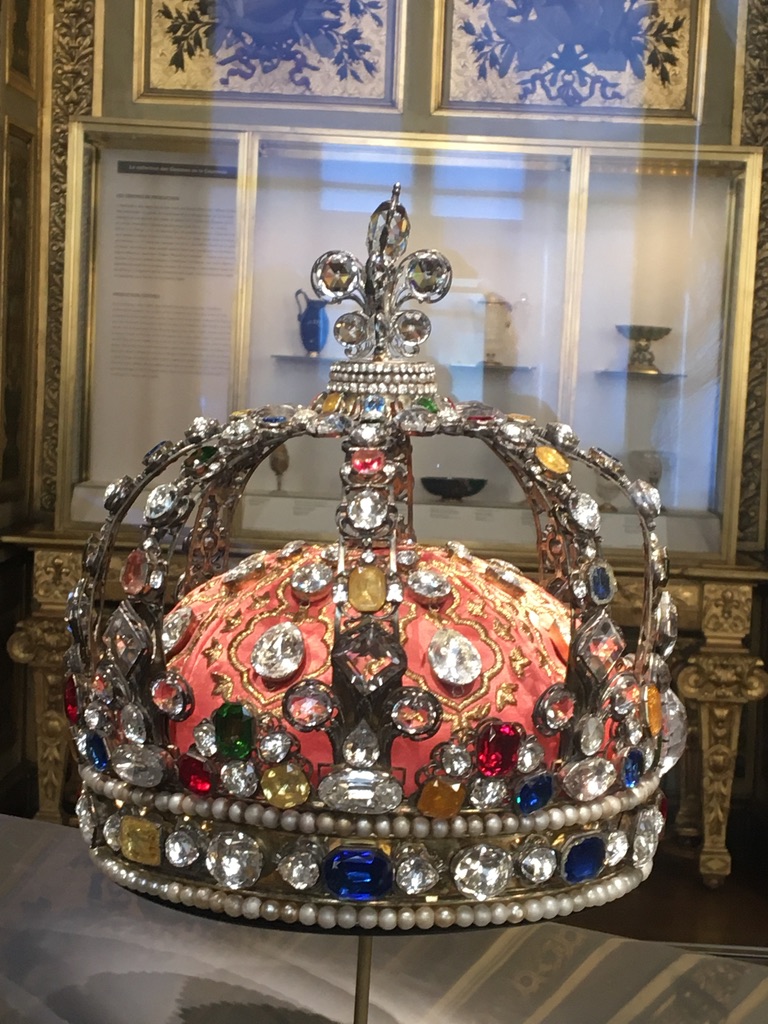 |
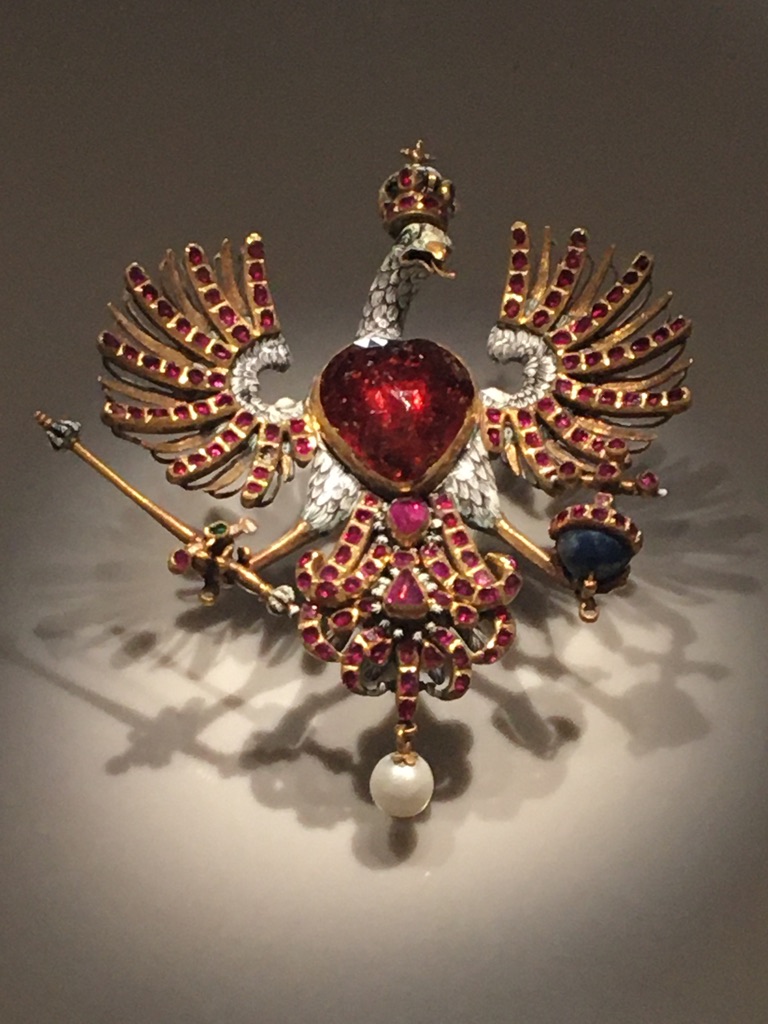 |
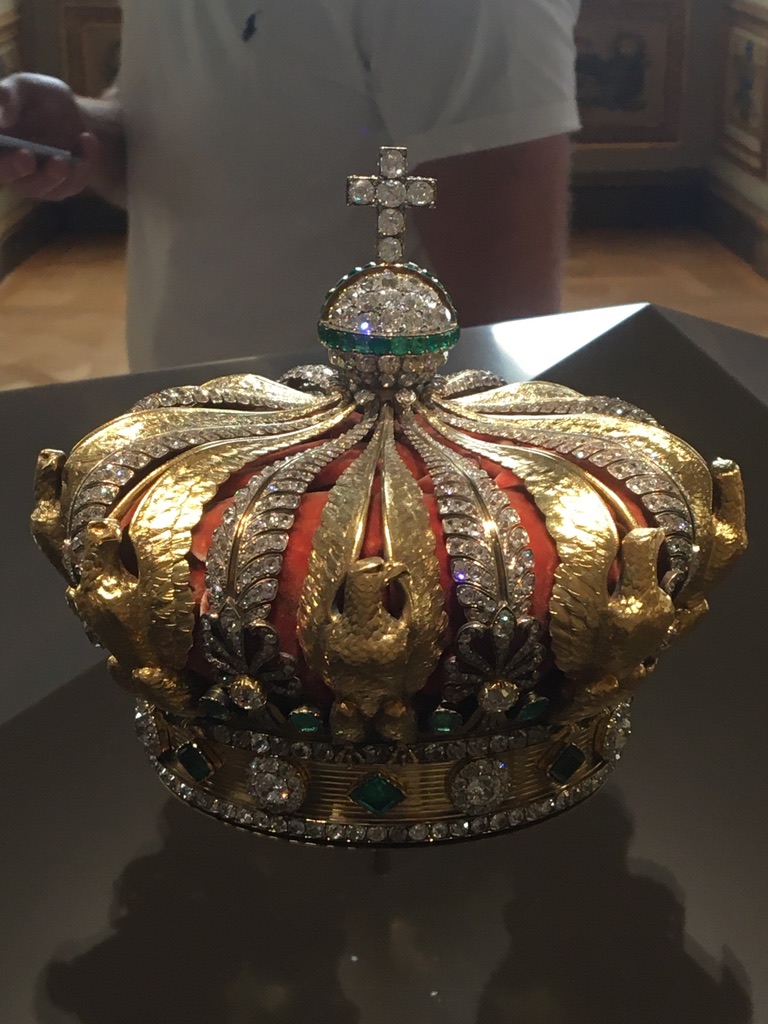 |
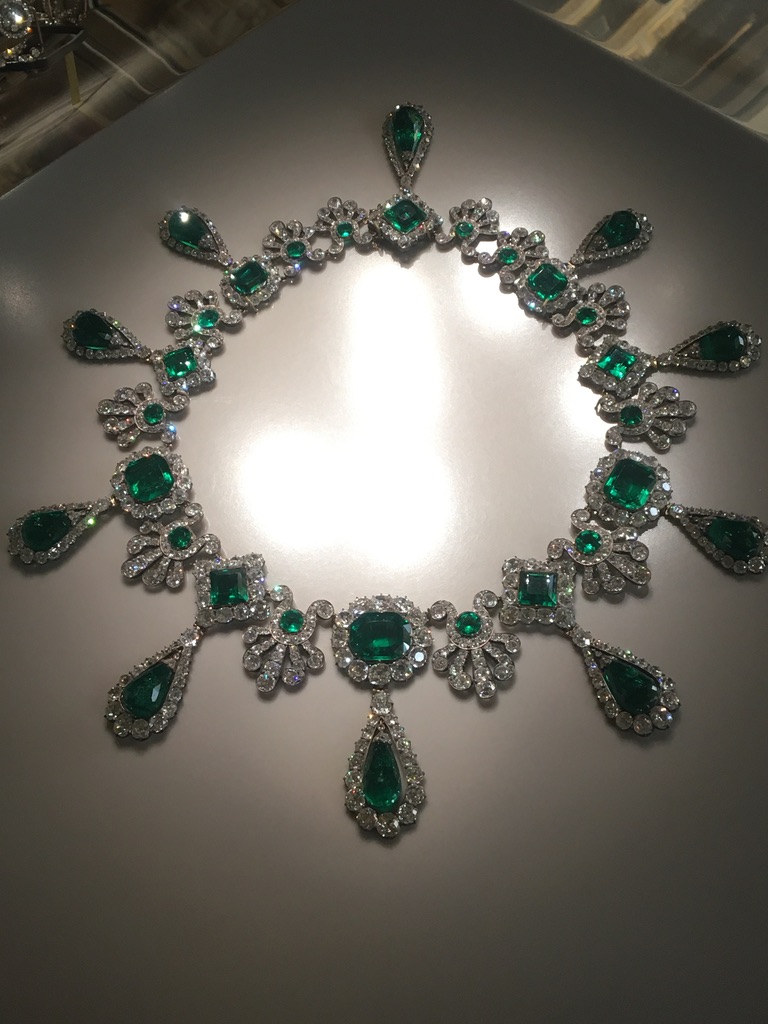 |
-
- I change the wing and move to Richelieu wing to level 1 to see spectacular Napoleon III Apartments in European Decorative Arts section. It was Napoleon III’s Minister of State residence. The Minister and his family occupied those private rooms resembling those of a wealthy bourgeois home, furnished without extravagance. These first rooms lead into the large state apartments, the drawing and dining rooms are a riot of gold, velvet, paintings and stucco decorations.
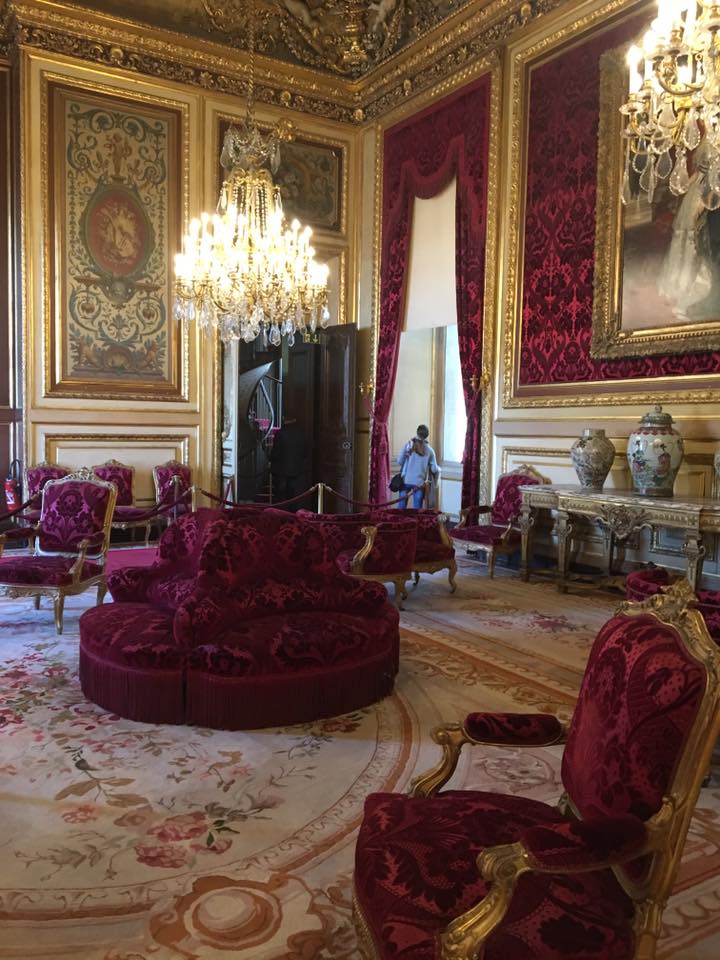 |
 |
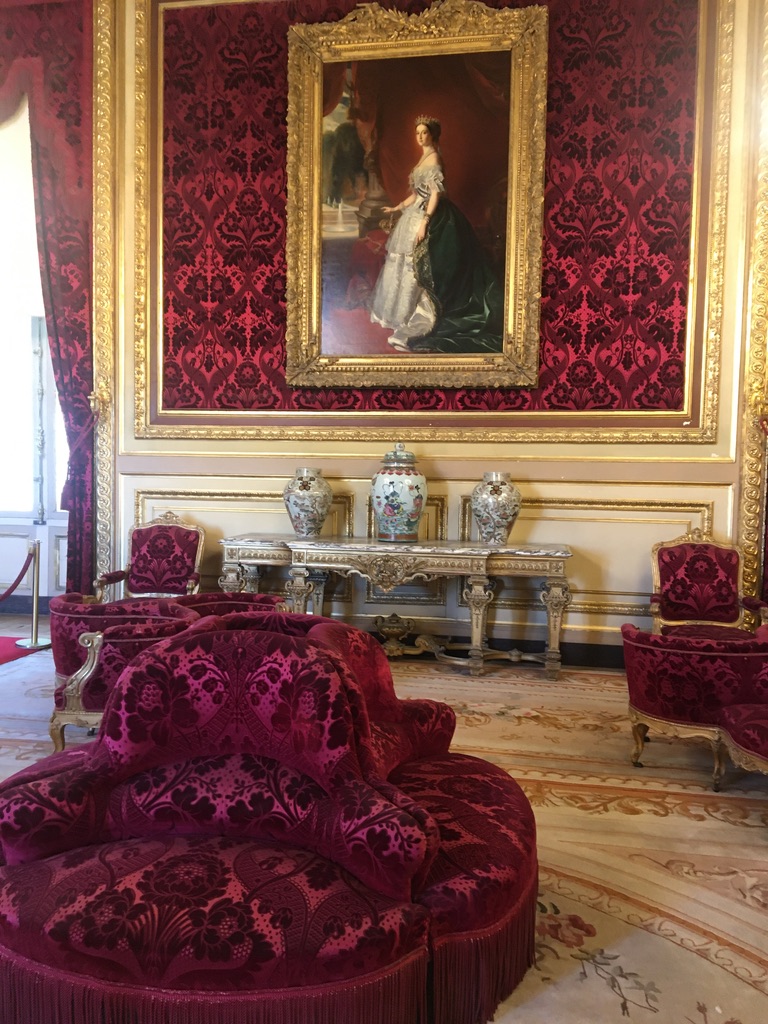 |
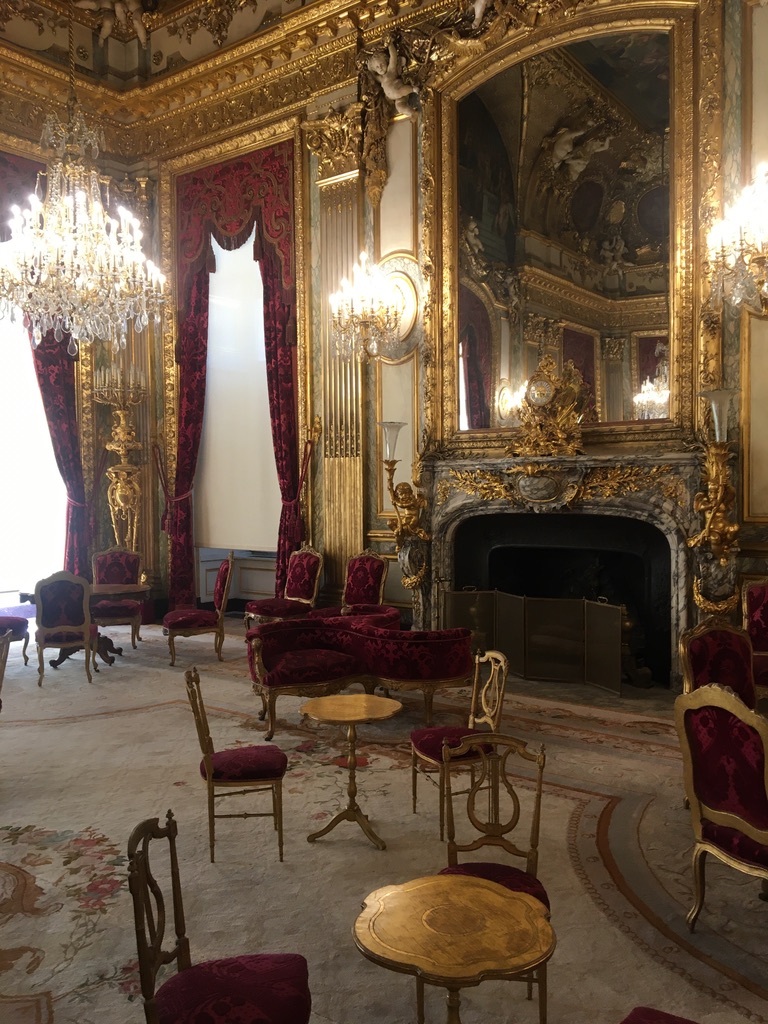 |
- At the end I move to level 2, to walk through Richelieu and Sully wings to admire Northern European and French paintings. You will find here good representation of masters such as Rubens, Bruegel, Rembrandt, Van Dick and Vermeer among many others Northern European great painters as well as masterpieces of Monet, van Gogh, Degas, Renoir and other great artists in French paintings gallery.
Since I’m based in Paris, I sometimes visit Louvre to see only one section during my visit (for instance solely Egyptian Antiquities) so I don’t only restrict to the itinerary described above. However, I often choose this route when accompanied by a person who is in Louvre for the first time.
Practical tips:
- The museum is closed on Tuesday
- There are different entries to the museum, the most crowded is the one through the Pyramid, try to enter through the Carrousel du Louvre for less crowd
- If you are coming to Paris for longer time (few months), you can buy yearly pass to access for free all permanent and temporary exhibitions. The card is issued by Amis du Louvre (click here), and can be ordered online. It costs 80 euro for one person and 120 euro for 2 people. Since the regular ticket costs 17 euro, if you plan to visit the museum more than 4 times during a year, this card is a good deal.
- EU residents below 26 and young people below 18 can enter the museum exhibitions for free.
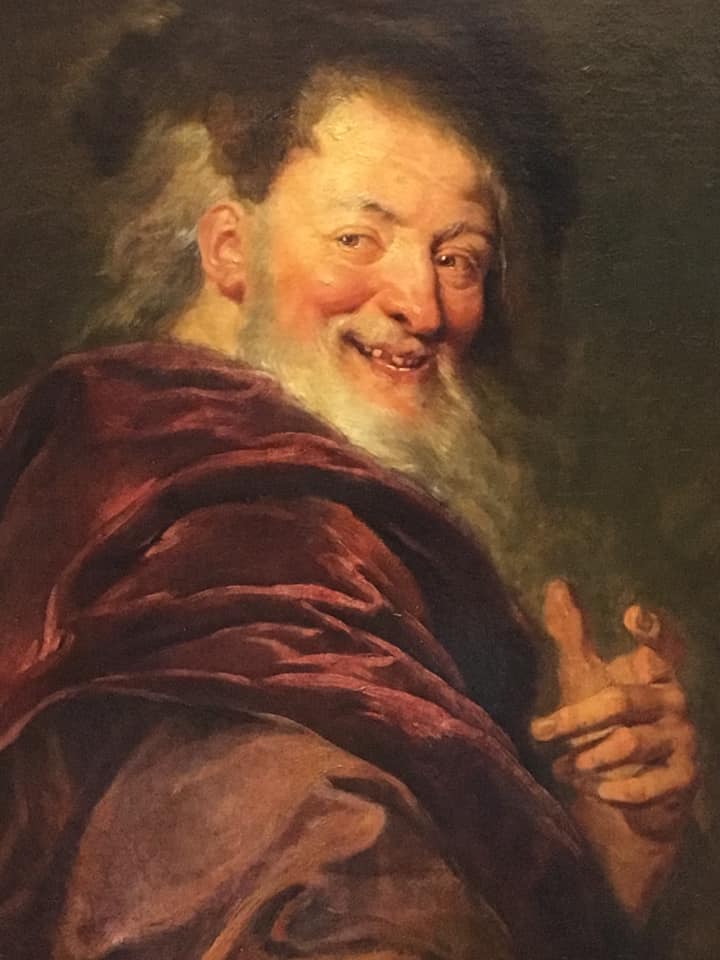
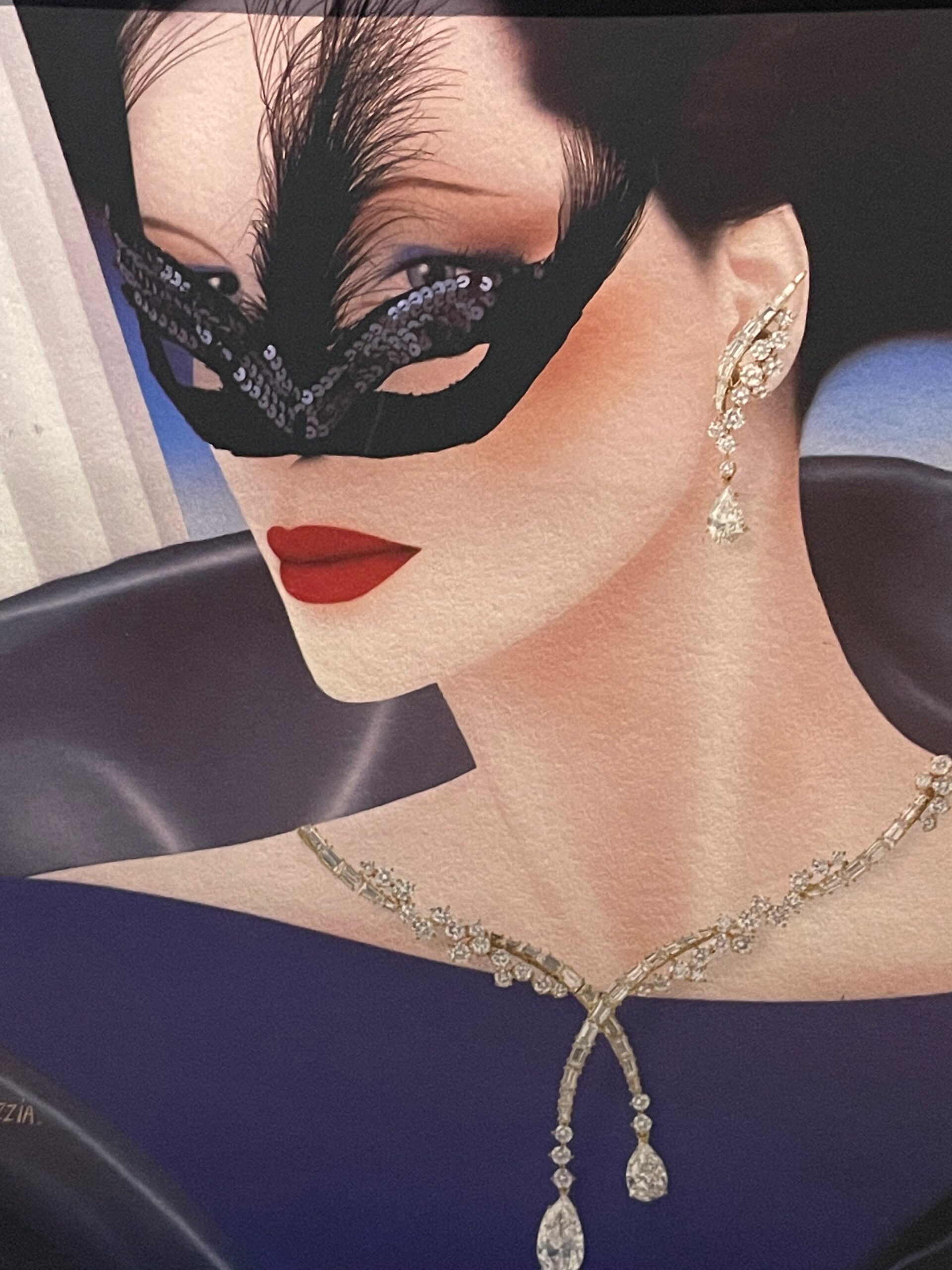
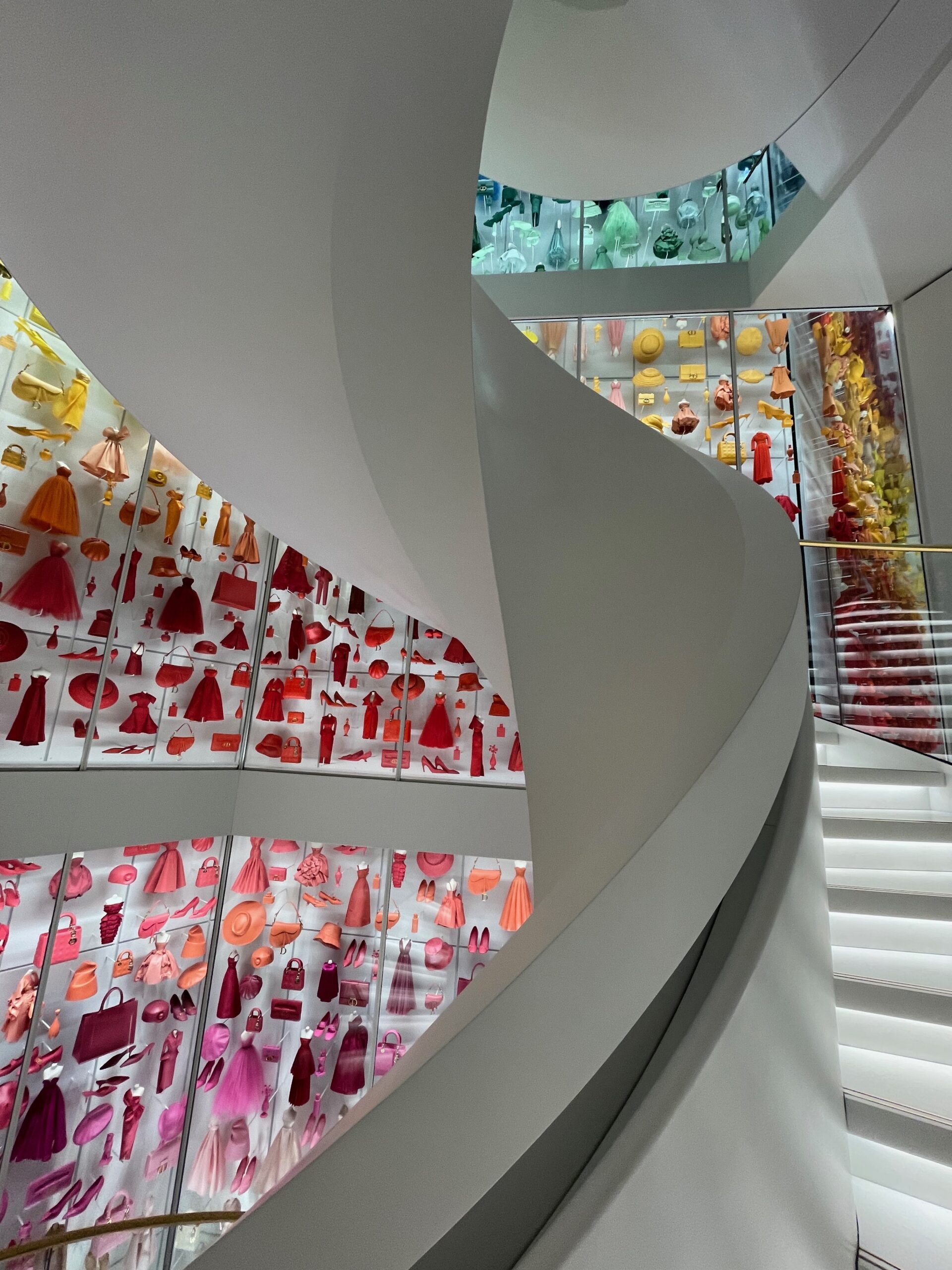

Finally practical guide how to move around Louvre. I’ll pass it to my mother who always gets confused in big museums 👍
Finally I found a practical post how to see Louvre without a headache.
I saw there is no late opening still…hope this deal will be back soon.
Bests,
Chris
Wreszcie sensowne rady jak ogarnąć Luwr. Niedawno znajomi odwiedzili, i po obrazie Mona Lisa, chodzili po korytarzach bez większego sensu. Ja też lubię mieć plan i wyciągnąć z wizyty jak najwięcej.
Byłem zaskoczony, że mają na przykład obrazy Monet, myślałem, że są tylko w d’Orsay.
Very nice post! I’ll show my husband since he loves planning all our trips and we wondered how to make the most out of our visit. Thanks!
Did Louvre raise the prices for entrance tickets?